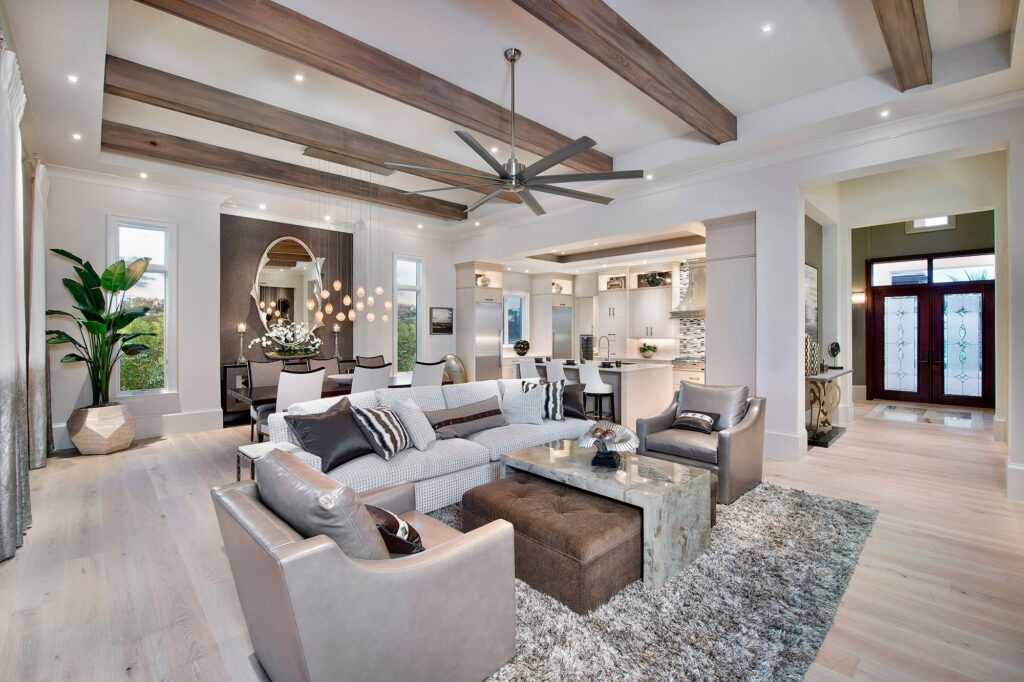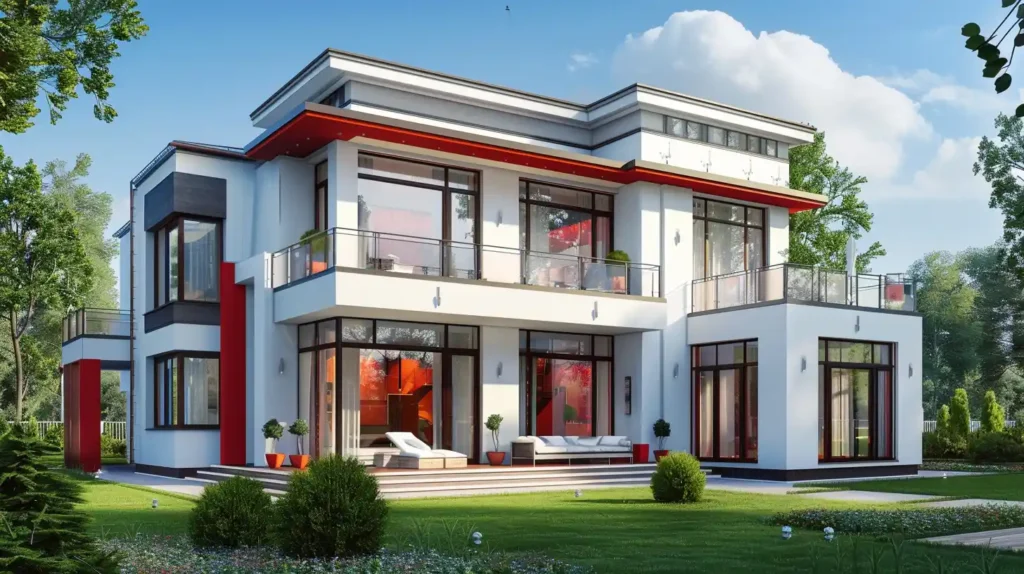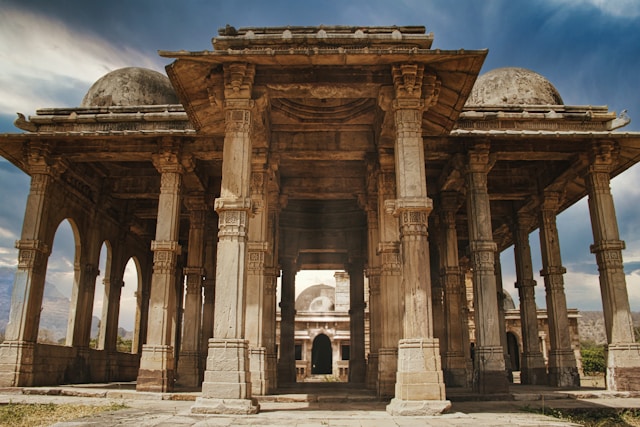Introduction
The color of the outside of an Indian house is very important for its looks, its cultural meaning, and how it interacts with its surroundings. Many new color schemes have been used in modern building, but traditional Indian homes often stick to colors that have deep cultural, spiritual, and weather meanings. These decisions are affected by where people live, the weather, their own personal tastes, and the traditional values that guide Indian culture. This piece will talk about the different colors that are often used on the outside of simple Indian homes, what they mean, and the factors that affect these choices.
Colors in Indian Homes and What They Mean Culturally
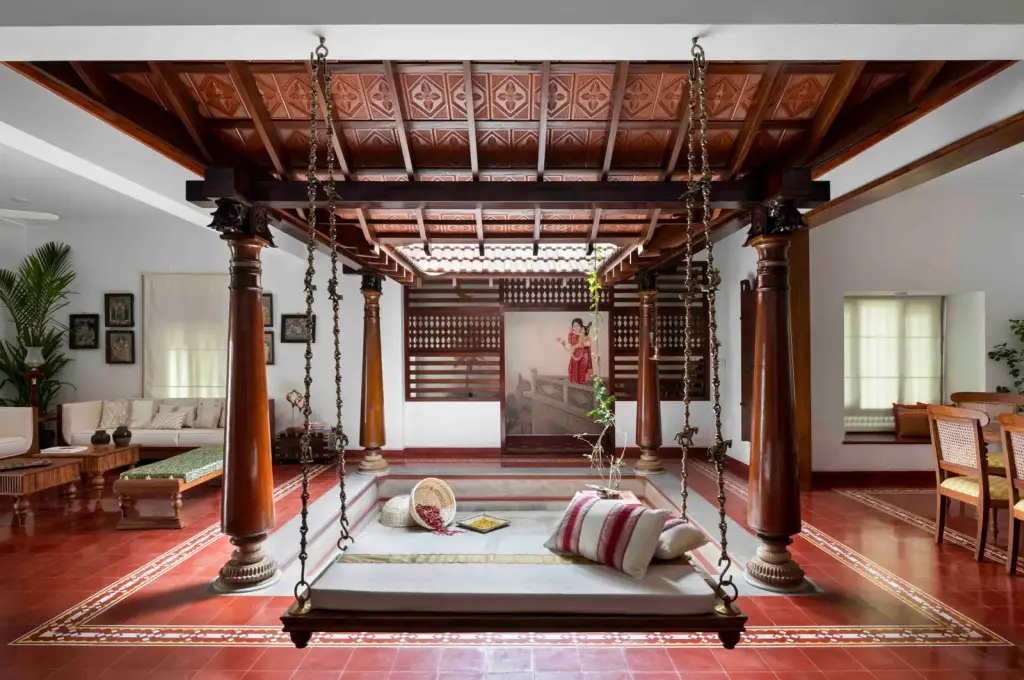
In India, colors are more than just something you see. They have deep spiritual meanings that go beyond how they look. In India, each color is linked to a different feeling, natural thing, or even a god. This makes them an important part of everyday life.
White: White is thought to be the color of peace and cleanliness in many Indian cultures. It’s often used on the outside of homes because it reflects light and makes the room feel bigger and calmer. People in some places think that white homes bring luck and wealth.
Yellow: This color is often used on the outside of simple Indian homes because it is thought to bring happiness and wealth. In rural India, especially in places like Rajasthan, where the color goes well with the sandy landscape, it’s often used in houses.
Red: In Indian society, red is a strong and lucky color. It stands for fire, strength, and energy. A lot of traditional homes, especially those in villages, are painted different shades of red, which stands for life and defense against bad energy.
Blue: Outside walls are often blue in many parts of India, especially in Rajasthan and Gujarat. It has something to do with Lord Krishna and is thought to bring peace and calm to the people who live there. When set against a desert landscape, blue houses look beautiful.
Green: Because green is the color of nature and growth, it is often used on the outside of homes in rural and suburban places. A strong link to nature, wealth, and peace are all things that it stands for.
The History of the Colors Used in Indian Architecture
In the past, the colors used on the outside of Indian homes were based on the natural riches in the area. In the past, minerals, plants, and other natural materials found in the area were used to make local colors. As an example:
Ochre: This natural yellowish color was used a lot in Indian homes, especially in desert areas like Rajasthan, where the warm, earthy tones went well with the dry weather.
A lot of people in India used paints that were made with lime. Natural colors were added to the lime to make whites, greens, and even some shades of yellow and red.
Indigo and other plant dyes: Indigo was used to make the outside of houses blue in some places of India, which had both religious and aesthetic meanings.
Traditionally, these colors came from nearby places and helped homes fit in with their surroundings. The colors weren’t just for looks; they were also useful. For example, in India, where it is very hot, they reflected heat and kept the rooms cool.
Color schemes that look good on the outside of simple Indian homes
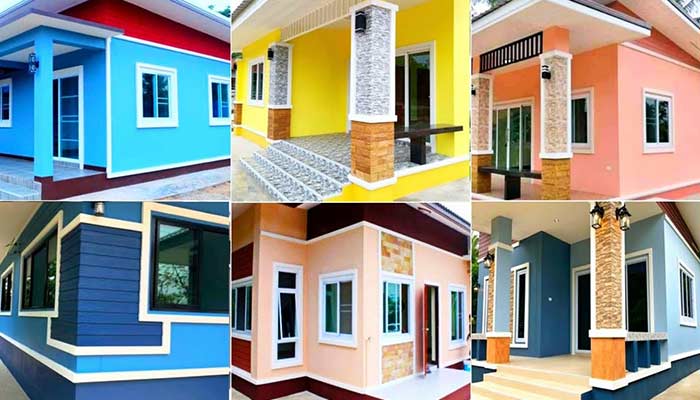
1. Shades of gray
When it comes to the outside of simple Indian houses, neutral colors like white, cream, beige, and gray are often used. These colors are soft, classic, and adaptable, so they can be used in a wide range of architectural types. People often choose them because they reflect heat, which keeps the house cool in the summer.
2. Tone of Earth
Earth tones like brown, ochre, and terracotta are often used in rural places. These colors come from nature and make the house look like it is rooted and linked to the earth. People who live in rural India often build their homes out of clay, mud, or stone, so these tones are often used.
3. Colors that pop
Bright colors like red, orange, and yellow are often used on the outside of homes in Rajasthan, Gujarat, and some parts of South India. People think that these colors will keep away evil spirits and make the home happier. A lot of Indian tribes also believe that they bring happiness and celebration into the home.
4. Graphite
In some places of India, chalks are also used. These come in light blue, soft pink, and pale green. These colors make you feel calm and peaceful, which makes them perfect for homes in cities or places where it’s hot, since they’re easy on the eyes.
What Makes People Choose Certain Exterior Colors
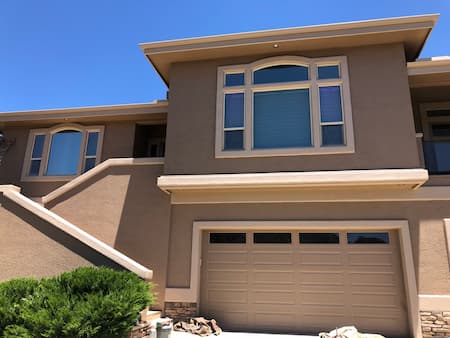
There are a number of things that affect the choice of outdoor colors for Indian homes, such as
1. Geography and weather
The weather in a place has a big effect on the colors people choose for their homes’ exteriors. Lighter colors are better in hot, dry places like Rajasthan because they reflect sunshine and keep heat from soaking in. In coastal areas with humid weather, on the other hand, the colors may be brighter and more vivid because they reflect the sun’s rays and make the surroundings feel happier.
2. Style of Architecture
The style of the house’s architecture also affects the color choice. Deep oranges and reds are often used to show off the craftsmanship of traditional houses with intricate carvings and detailed fronts. Modern, minimalist homes, on the other hand, tend to have cleaner. Neutral colors that draw attention to how simple the design is.
3. Beliefs in religion and culture
As was already said, religious and cultural views can affect the choice of color. For instance, Hindus might pick yellow or red because they think those colors are lucky, while Muslims in India might pick white or green for spiritual reasons.
How to Pick the Best House Color
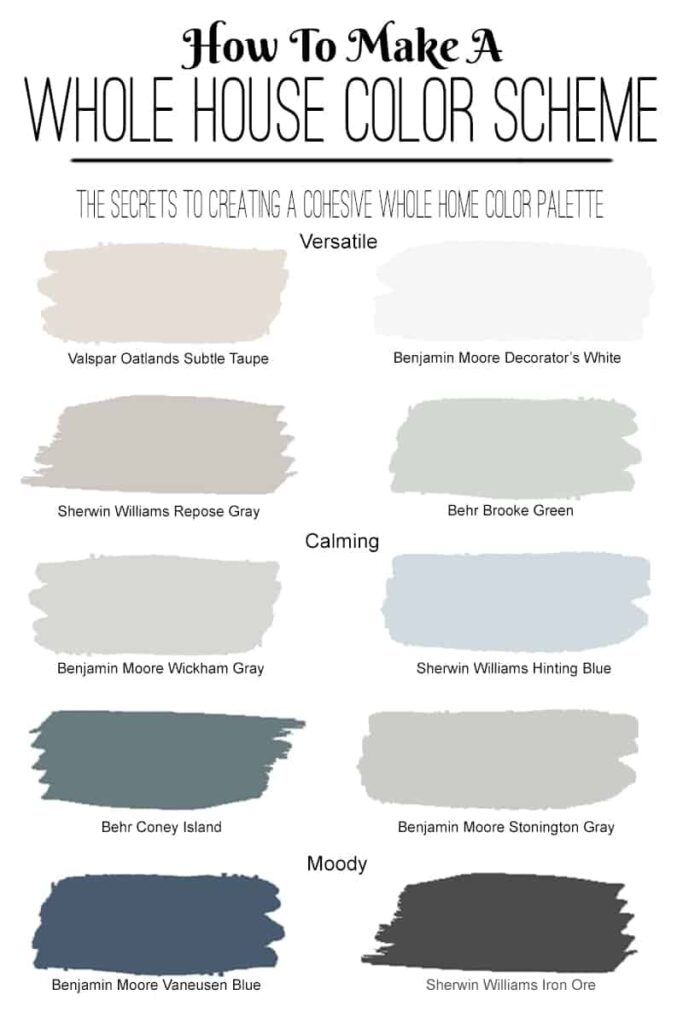
It’s important to think about both how the color looks and how it will work when choosing the right color for the outside of a simple Indian house:
Think About the Environment:
Pick colors that go well with the natural environment around your house. If you live near the water, you might want to pick colors that make you think of the sea, like blue and green.
Fit in with the Neighborhood’s Style:
The color should go with the style of the house and other homes in the neighborhood. If you live in a place where people like to stick to a certain style, picking a color that goes with that can help bring everyone together.
If you live in a hot area, choose lighter colors because they help keep the house cool. Because dark colors soak up more heat, they aren’t as good for places where the temperature is very high or very low.
Personal Preference: In the end, the color you choose should show who you are and how you envision your home’s surroundings. Make sure the colors fit with your vision for the house, whether you like soft. Calming colors or bright, bold ones.
In conclusion
The color of the outside of a simple Indian house isn’t just for looks; it shows what the culture, weather, and customs are like in that area. Indian homes have colors that are steeped in history, faith, and care for the environment. These colors range from earthy tones to bright ones. The color you choose for the outside of your home is very important for making it stand out and also making sure it fits in with its surroundings, whether you choose a traditional color or a more modern one.
Q&A
Q1: Why do many Indian homes have white siding on the outside?
Answer 1: In Indian society, white means cleanliness, peace, and innocence. It also bounces light around, which helps keep the house cool in India’s hot weather.
What are some popular colors for the outside of homes in rural India?
Tones of earth, like ochre, terracotta, and brown, are popular in rural India because they go well. With the natural surroundings and are often made from materials found in the area.
What part do colors play in Indian culture?
A3: In Indian society, colors have meanings. Red, for example, stands for power and strength, yellow for wealth, and green for nature and fertility.
What effects does the weather have on the colors Indian homes are painted?
A4: The weather has a lot to do with the colors we choose. In hot places, lighter colors are used to reflect the sun, while bright colors are used. Along the coast or in the country to make people feel good and keep bad energy away.






